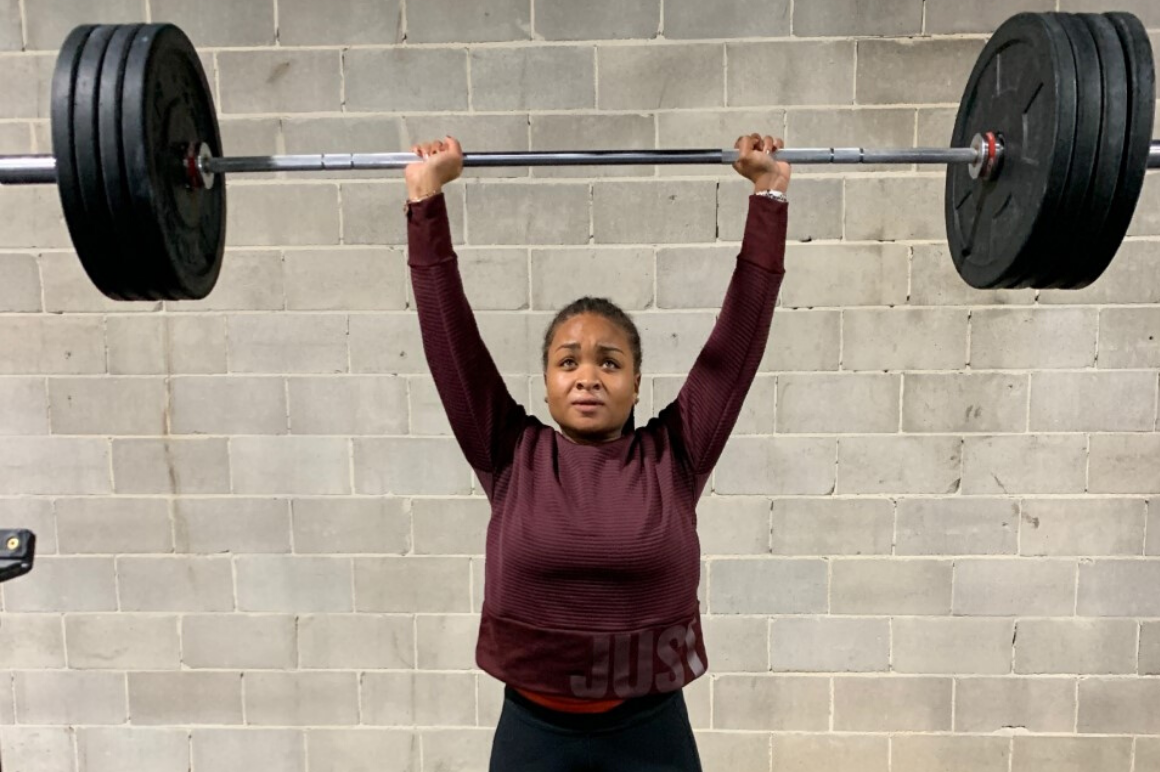Studying the Safety of CrossFit

November 4, 2019
EMPH alum analyzes injury rates among CrossFit program participants.
While pursuing her Executive Master of Public Health (EMPH) degree at the Dornsife School of Public Health (DSPH), Evanette K. Burrows, EMPH '18, particularly enjoyed a biostatistics course led by Loni Philip Tabb, PhD, an associate professor of epidemiology and biostatistics at DSPH.
"Professor Tabb helped me with my goal to gain more experience and confidence working with healthcare data and making sense of it," she says.
Beyond the classroom, Tabb proposed an opportunity for Burrows to work on a study that would analyze injury rates among people participating in CrossFit, the popular, high-intensity exercise routine offered in several countries, including the United States.
The findings from the research were recently published in the SAGE Orthopedic Journal of Sports Medicine. Burrows worked with Yuri Feito, PhD, MPH, of the department of Exercise Science and Sport Management at Kennesaw State University (KSU) and his team.
Together, the DSPH and KSU researchers examined the incidence of injuries related to CrossFit participation and estimated the rate of injuries in a large, cross-sectional convenience sample of 3,049 athletes from around the world.
Though Burrows had little knowledge about CrossFit, she knew the project would help her refine and expand her practical skills by working with large sets of data and conducting statistical analysis. In addition to gaining invaluable knowledge, she discovered that there was very little literature about CrossFit and widespread misinformation about the training program. "There are a lot of misconceptions about the dangers of CrossFit and a lack of credible sources for people to turn to," she says.
Researchers discovered that CrossFit training – which focuses on functional (multijoint) movements and weight training – is relatively safe when compared with more traditional training modalities. However, the study found those within their first year of training, as well as those who engage in this training modality less than three days per week and/or participate in less than three workouts per week, are at a greater risk for injuries. "The findings were significant and even led me to take up CrossFit myself. With the proper training, it is safe and great for you," Burrows says.
After graduation, Burrows continues to work at the Children's Hospital of Philadelphia (CHOP) as a Principal Data Integration Analyst. She has worked at CHOP for more than six years.
In her free time, she still partakes in CrossFit at a gym in South Philadelphia and hopes to do more extensive research on the safety of CrossFit with the DSPH and KSU team.
When it comes to seeking out research opportunities, Burrows advises current students to "not be shy" when connecting with professors. "Dornsife professors have extensive local and global networks and they can really help students connect the dots and introduce them to unique opportunities," she says. "The mentorship you receive at Dornsife is for life."
Learn more about the study, A 4-Year Analysis of the Incidence of Injuries Among CrossFit-Trained Participants.
Learn more about Dornsife's Executive Master of Public Health program.